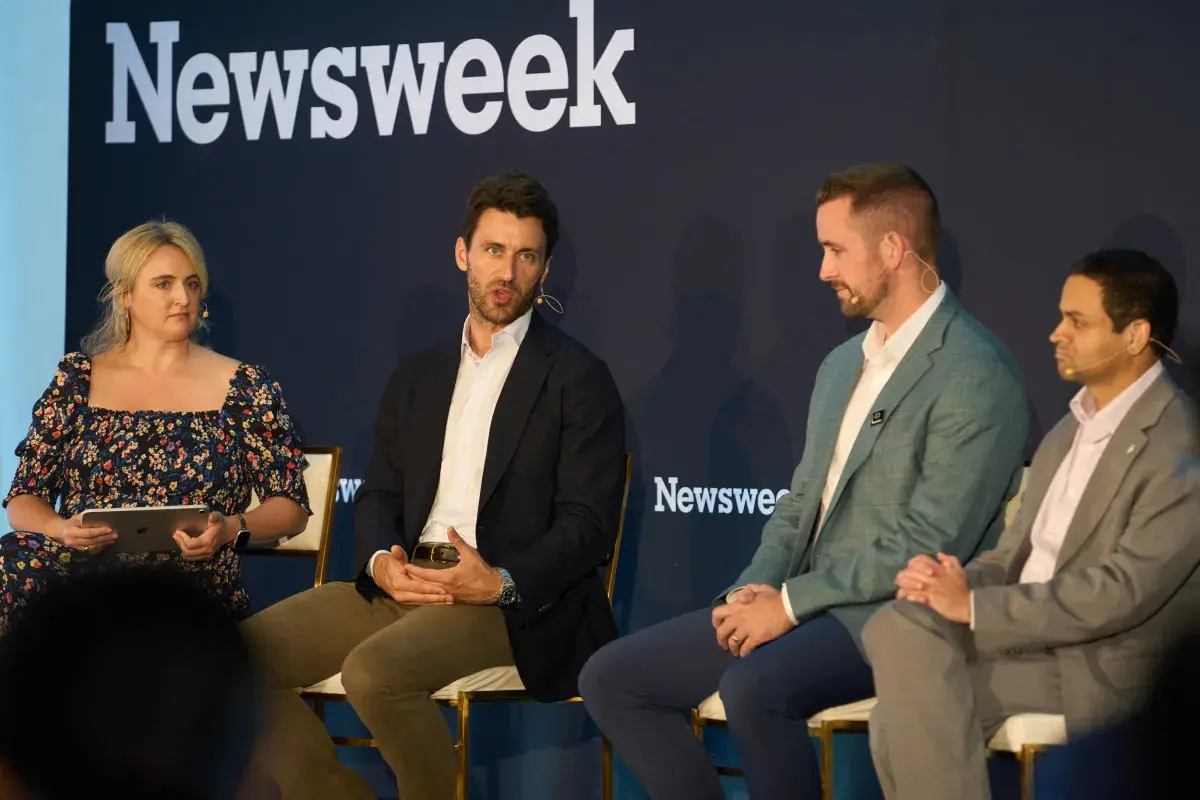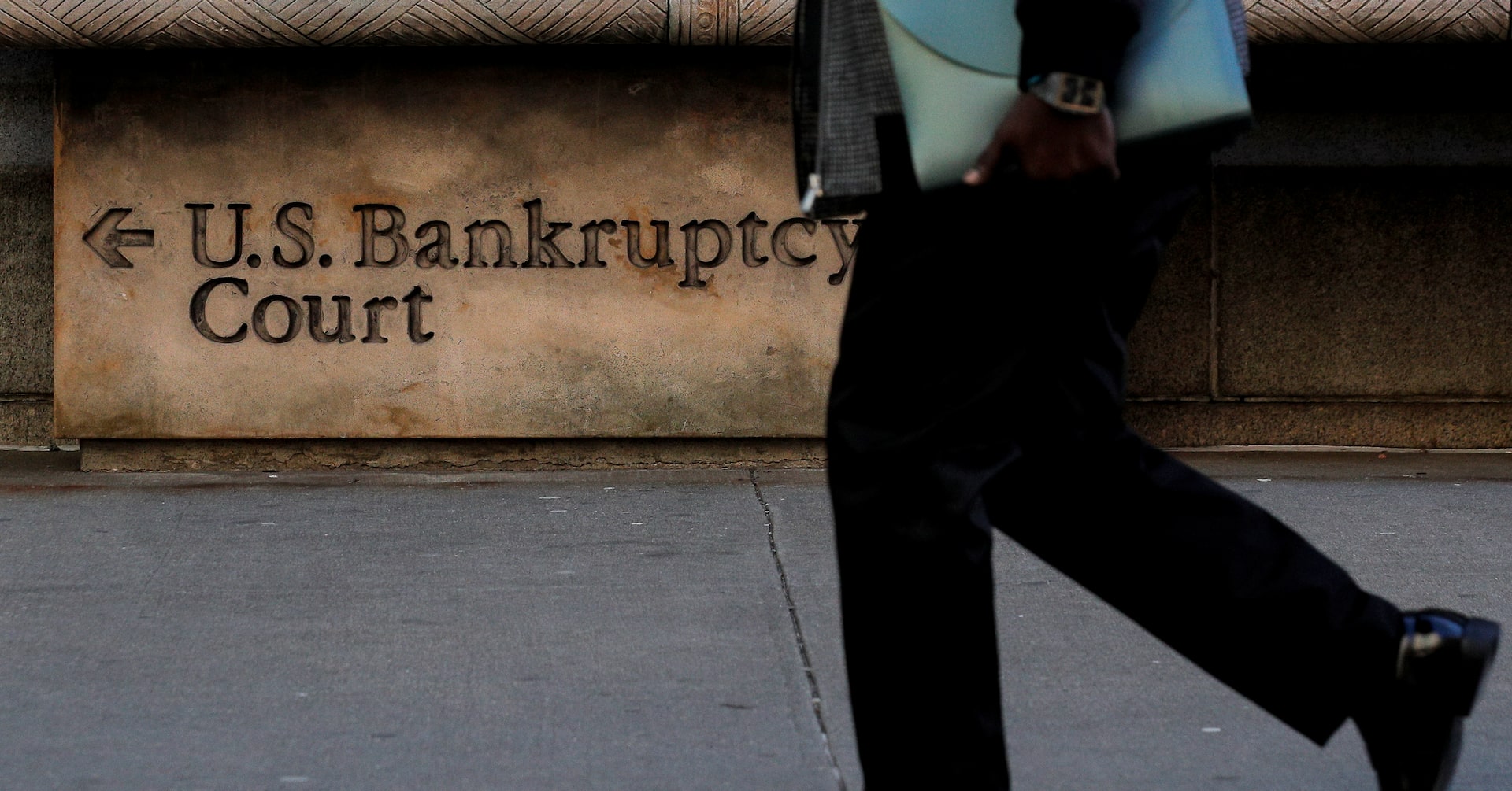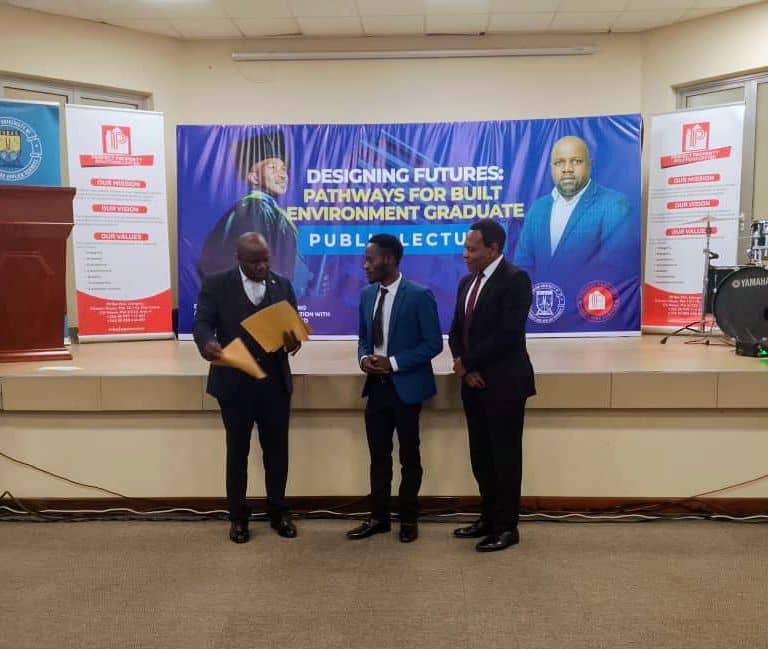
Electric vehicle (EV) adoption is on the rise, and with that are the expectations of owners. Vehicles must be better than ever and so must the public charging experience.
Representatives from three major players in the electric vehicle charging game took to the stage at Newsweek’s “Powering Ahead” conference in New York City last week to share how they’re working to make those charging experiences better for their customers and why now is the time to go electric.
“I think conversation is actually moving away from that of morality to materiality, really thinking about climate change, businesses that are evolving from the challenges,” Andrew Cornelia, CEO of Mercedes-Benz High-Power Charging, told the registered crowd of 270 event attendees.
One of the ways automakers are evolving is by bringing new electric vehicles to the market. Cornelia gave the statistic that in 2012, there were about 20 electrified models for sale in the U.S. Last year, there were around 150.
“We still have to work and push prices down on the vehicle, bring more vehicles to market, and charging, which is the critical part of that. We need to focus on more charging, higher quality charging, and better performance around infrastructure,” Cornelia said.
Prospective vehicle buyers consistently rate a lack of charging infrastructure as a key barrier to entry for EV adoption. “You need to be able to really feel that you can go anywhere in a nation (which you can already do today), and have access to economically viable, cost-effective charging, and we’ve been taking the lead in that effort,” Jigar Shah, director of energy services at Electrify America, told Newsweek’s audience.
“We collaborate with over 250 utilities and operate over 5,000 individual fast chargers, the vast majority capable of doing charging speeds up to 350 kilowatts to capable EVs. And so that’s across over 1,000 charging locations in the U.S. and Canada. We’re proud to have enabled that,” Shah continued.
Public chargers also need to be reliable. “Fundamentally, for drivers buying an EV, they need better infrastructure that works every time they plug in,” Kyler Schmitz, chief revenue officer at Electric Era, told the room.
Electrify America was one of the original public electric vehicle charging companies in the U.S. and they intend to remain a dominant presence. “We were well ahead of the curve, and we’re continuing to stay ahead of that curve by continuing to upgrade more and more of our chargers,” Shah said.
Cornelia, the head of a much newer player in the space, is planning the future for his company as well. “We’re really building to where the industry is going… We have announced that the 1,000-kilowatt [charging speed] solution will be our standard going forward. It might not be the vehicles on the right day, but there are cars that are continuing to push their voltage architecture technology, and we want to make sure that charging is as easy as fueling your vehicle,” he said.
Many have expressed concerns about the ability of America’s power grid to keep up with the challenge of charging more electric vehicles and higher charging speeds on a regular basis.
Electric Era, which was founded by SpaceX engineers, is ready to release its next product, one that is designed to address energy storage management and charging power demand concerns.
“On October 15, we’ll be unveiling something that addresses a lot of those concerns. We have a patent-protected energy management system that is able to provide electricity from the grid and the battery simultaneously. What that allows us to do is mitigate demand charges, which are the plague from a commercial perspective of the industry, by up to 90 percent through tariff optimization of the mechanisms. It also allows us to plan infrastructure in areas that would otherwise be untenable based on the utility constraints,” Schmitz said. “We want infrastructure that’s time proof, that would last for the next decade.”
Electrify America has been planning too, opening a state-of-the-art charging hub in Baker, California, that utilizes battery storage and allows many EVs to charge at the same time.
Demand isn’t going to slow down, Shah predicts. “We had over 16 million charging sessions last year. That was 50 percent year-over-year growth from 2023 to 2024, and this year is looking about the same on that exponential curve,” he said.
All three panel speakers, and their companies, are focused on ensuring the most uptime possible for their network users. “We actually financially back our uptime at 98 percent. We’re accomplishing 99.6 percent these days because we have vertical integration between our software and our hardware,” Schmitz shared.
Electrify America has instituted redundant systems to improve uptime. “We have 24/7 monitoring. We have an entire team that is dedicated to looking at the supply chain having redundant parts. We have a network of field service engineers that are staying on top of where problem spots are and helping to resolve those as quickly as possible,” Shah explained.



